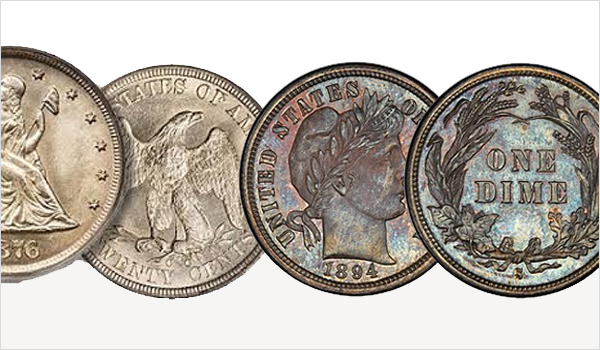
Learn more about the rarest American coins & their numismatic values. The rare US coins make good investment portfolio additions. The term rare coins may be relative to their low mintage and low survival rates.
More than being part of the famous rare coin collection, American rarities hedge your assets against inflation and fiat currency devaluation. The demand from coin collectors is also a factor to consider.
US coin rarities are often identified by their mint year and mintmarks (initials of the mint branch where they were made). In numismatic lingo, a rare coin is often called a key date.
The Saint-Gaudens, double eagle coin

This $20 coin definitely exceeds its face value a hundred times more. The infamous US gold coin designed by Augustus Saint-Gaudens, also known as the double eagle coins, are one of the rarest American coins because of the great gold meltdown during Roosevelt’s time.
Today, the beautiful Standing Liberty design graces the obverse of the $10 face value of the American Gold Eagles bullion coin.
Walking Liberty Half Dollar coin
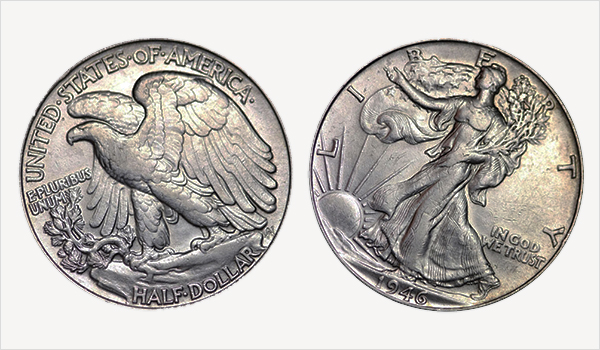
Adolph A. Weinman designed the silver half dollar minted from 1976 to 1947. The rarities include the 1946-P error coin. The more difficult rarities to find have five key dates namely the: 1916-P, 1916-S, 1921-P, 1921-D, and 1938-D.
The Walking Liberty design is reincarnated in the obverse of the $10 face value of the American Silver Eagle bullion coin.
Mercury Dimes
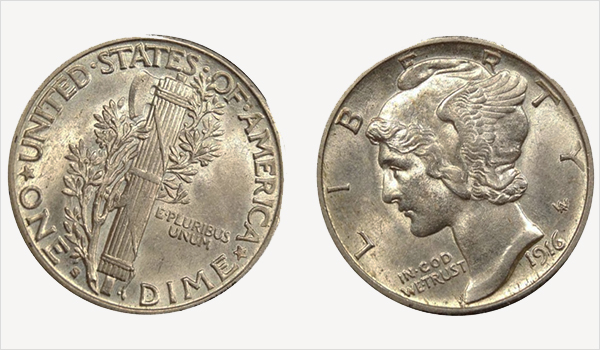
Like the Walking Liberty halves, the Mercury dimes were also design by Weinman. For a misnomer, these dimes do not contain mercury. Instead, they got their nickname because the portrait of Lady Liberty wears a winged cap (reminiscent of the Roman god Mercury), on the obverse.
The key dates for Mercury dimes include the 1916-D, 1942 over dating 1941, 1921, 1921-D, 1926-S, and the 1931-S.
1917 Type One Standing Liberty Quarter coin
The rarity of the first type Standing Liberty quarter owes it to its short-lived minting. Artist Hermon Atkins MacNeil depicted Lady Liberty with her right breast exposed. The controversial coin sparked a public outcry.
Two years after its initial issue, a much conservative design of the Type 2 Standing Liberty quarters rolled out from the mint. Today, numismatists consider the first issues of the bare-breasted quarter one of the most valuable American coins.
1894-S Barber Dime
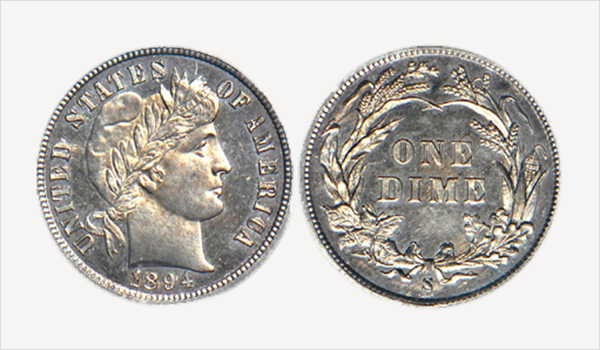
The Liberty Head designed by Charles E. Barber was depicted on the US dimes, quarters and half dollars between the years 1892 and 1916.
The 1894-S Barber dime is the most significant rarity in the series. There were 24 pieces of the 1894-S Barber dime minted and today, only nine are known to exist.
Twenty cent coin
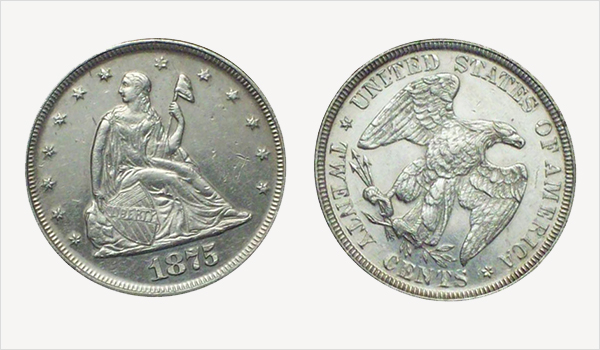
The twenty cent piece was first issued in 1875. Three years after it was withdrawn from the circulation. The 20-cent coin featured a seated Lady Liberty by Christian Gobrecht.
It contains 90% silver making it valuable for its silver coin melt value. Around 10, 000 of the 1876-CC twenty cent coins were melted down before they were even released by the US Mint. Today, about 12 to 20 pieces of the twenty-cent coin are said to survive.
Seated Liberty Dollar
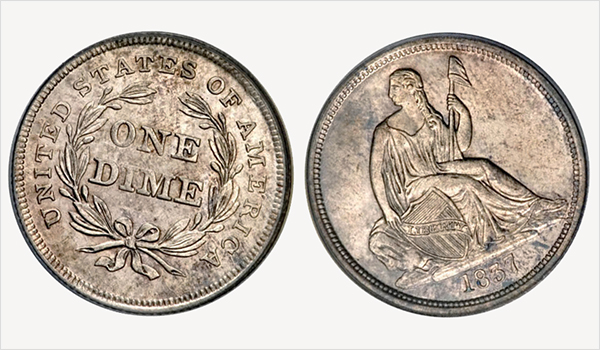
The US Mint produced this 90% silver coin starting 1840 to 1873. Christian Gobrecht’s Seated Liberty design on the obverse was also struck on the half-dime, twenty-cent coin, quarter, and half dollar.
The keydates for the Seated Liberty dollar is the 1870-S, the erroneously struck 1851-O, the 1870-S, the 1871-CC, the 1872-CC, and the 1873-CC.
Early U.S. gold coins
The first US gold coinage started in 1795 as an offshoot of the American gold rushes. The first denominations minted were the $2.50, $5, and $10 gold coins.
In 1834, almost all gold deposits were depleted thus, Roosevelt declared a gold embargo. Millions of gold coins ended up inside the melting pot. Today, only a few pieces of the early American gold coins remain.





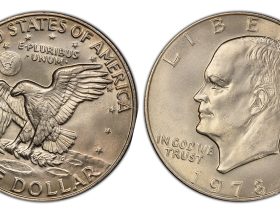
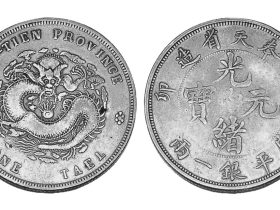
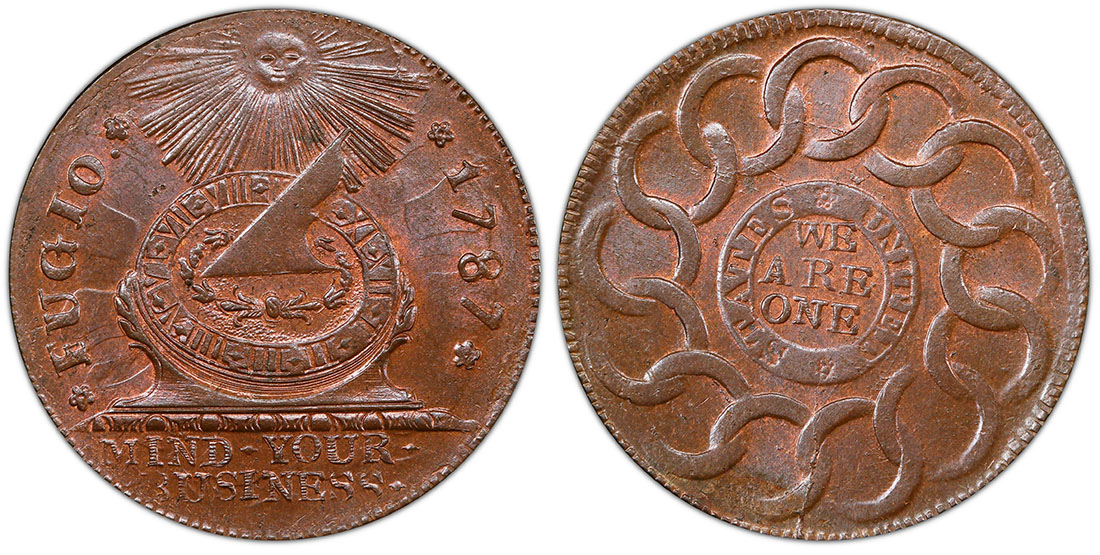
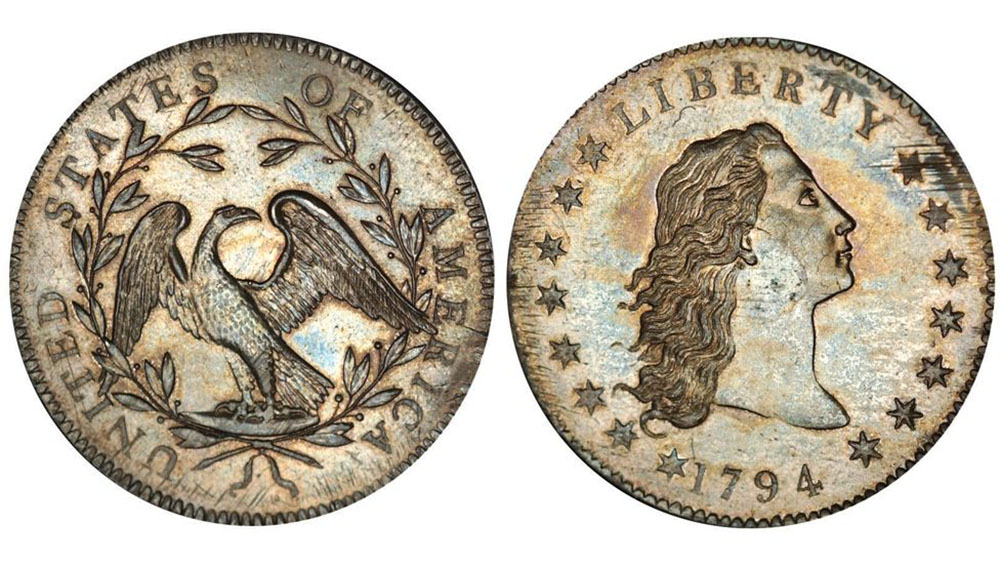

Leave a Reply